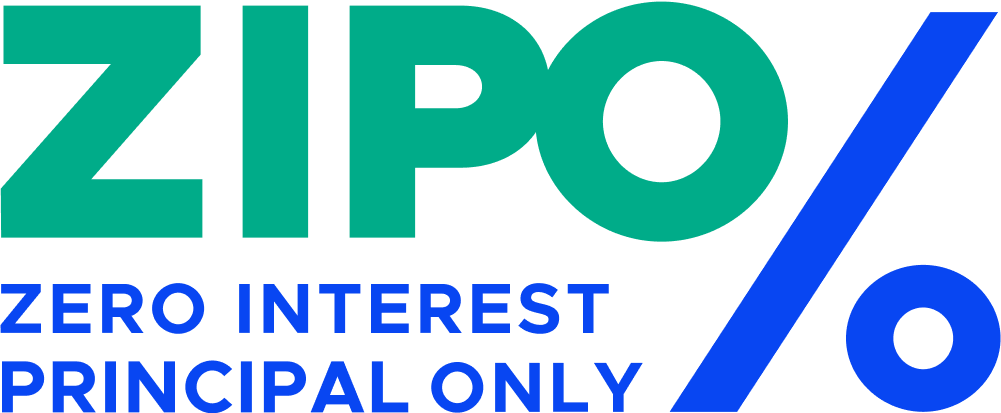NEWS
Refinancing Student Loans 101: Everything You Need to Know
Life often changes after you leave or graduate from college. At this point in your life, you might be ready to apply for a lower interest rate than you could get on your loans before. Or, you might be hoping to get lower payments, so that you can afford your monthly rent or buy a home. Whatever your reasons may be, you’ll need to take out a new loan to make it happen. Knowing when and how to refinance your educational debt gives you the ability to take more control over your financial standing.
Explore Federal Loan Options First
With private student loans, you might not have any other option but refinancing. However, federal loans are often eligible for special programs that could impact how easily you can pay them off. Income-driven repayment plans are an option to explore.
With income-driven repayment, your monthly payments are calculated using your discretionary income. Typically, this is around 10% of your discretionary income, if you are a new borrower. But, it could be more if you are on an income-contingent repayment plan. With all four of the currently available plans, any remaining loan balance is forgiven at the end of the 20-25 year repayment period.
There are also special loan forgiveness programs that you might be eligible to participate in. Public service loan forgiveness is available for people with Direct Loans who fit the requirements, and there is a similar program available for teachers. In some cases, you might be able to get your loans discharged if you experience a total and permanent disability.
Exploring these types of options could help you lower your debt or get it eliminated completely instead of refinancing. Even if you need to continue to pay your loans, you may save more by basing the payments off of your income rather than a lower interest rate.
Gather Your Financial Information
If you still believe that you’ll benefit from refinancing your loans rather than using a federal program, then you’ll need to begin preparing to work with a lender. Some of the documents you need to gather are similar to what you need when applying for other loans. For instance, most lenders will want to see proof of your income. They’ll also check your credit history, and it can pay to make sure that your score is as high as possible.
Next, you’ll want to gather information about all of your current outstanding student debt. Consolidating multiple accounts into a new loan can simplify your monthly payment into a single one. You’ll also want to know your current loan payoff date. Some lenders may offer you an extended payment period, which could sound good. Yet, you’ll want to keep in mind that a longer repayment period means potentially paying more in interest over time.
Choose the Best Offer for Your Needs
Shopping around for the best rate and repayment terms tends to give you more options for making sure that this decision simplifies your life and enhances your current financial status. After checking in with prospective lenders, take a moment to assess each offer to determine which one works best. For instance, you might find that a lower interest rate combined with a higher monthly payment helps you to achieve your goal of paying off the loan faster.
Once you’ve made your decision, you’ll need to notify the lender and follow their required steps to complete the application process. As you do, make sure that you understand when you’ll begin making your new payments so you don’t get behind.
On that final note, just consider how nice it would be if all of this refinancing stress wasn’t necessary. With zero-interest loans, students won’t have to search for a lender that offers them the best rates. Instead, you’ll be able to focus on simply saving the most money on your education.
